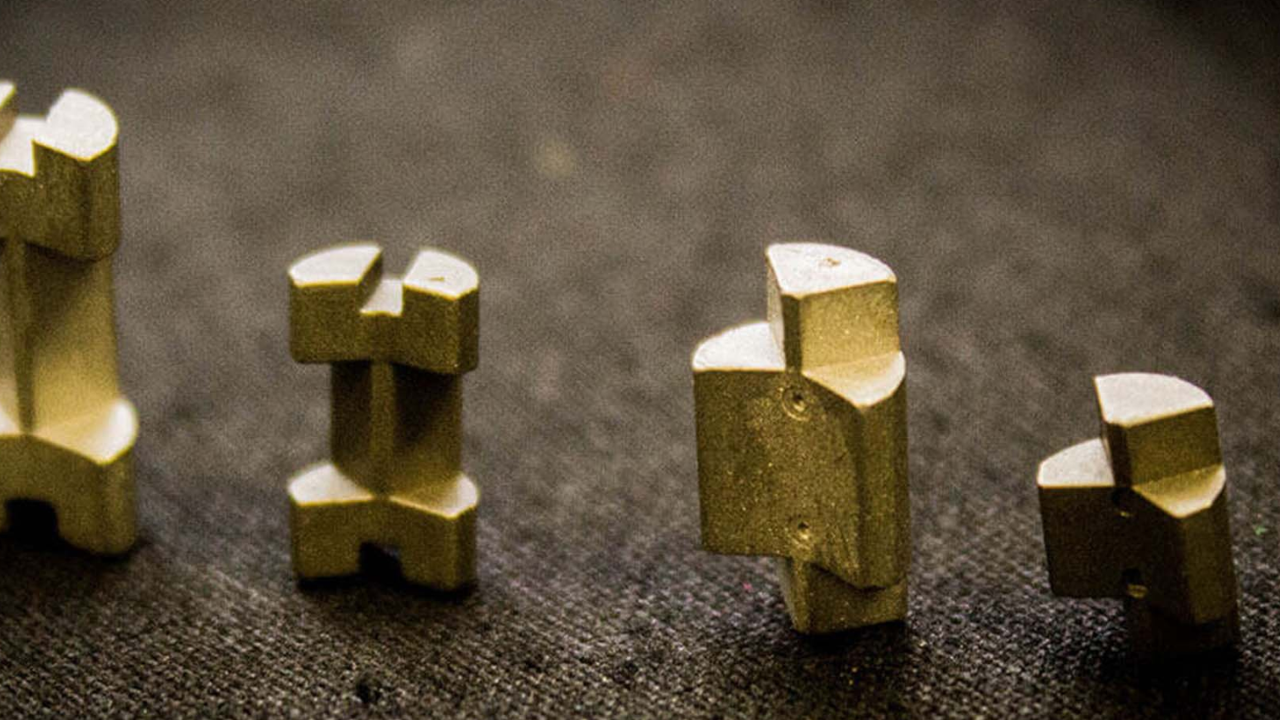The number of guidelines that the CNC slicing tool (or workpiece) can follow so that it will create the preferred machined product is called the "machining axis count number." For instance, conventional CNC machines regularly have 3 axes, which means their reducing device might also tour along the X, Y, and Z axes—vertically on the Y axis, horizontally at the Z axis—and from side to side at the X axis (see figure 1).
Through being capable of tilting (and rotating) the desk and preserving the workpiece, a 5-axis CNC machine expands on these three linear axes, as shown in Determine 1. The A-axis (also known as the tilting table axis) and the C-axis (additionally known as the desk rotation axis) are two extra rotating axes that allow you to create extra complicated geometries than the 3-axis CNC machines.
Why Should You Use CNC for 5-Axis Machining?
This includes using a CNC device to carry out 5-axis machining. Three linear axes and two rotating axes are blended in a five-axis CNC machine to create relatively complicated gadgets. This gadget's fifth axis allows engineers and machinists to carry out operations on as many as five faces of a workpiece right now.
5-axis machines controlled by CNC provide unrivaled precision and accuracy in machining strategies. Even on complicated shapes, they could function the reducing devices with excessive repeatability, permitting tight tolerances and true floor end. Complex and complex pieces that would be difficult or impossible to create with traditional 3-axis machines are excellently machined using 5-axis CNC machines.
The Drawbacks of 5-Axis CNC Machining
Five Axis producers benefit from CNC machining as it reduces production time and fees even ensuring that objects reach the marketplace more quickly. Also, be aware that the general speed and route of the CNC gadget depend upon the sort and configuration of the device.
High Cost
The five-axis has diverse benefits and is vital for developing pieces. But, there are sure dangers to 5-axis machining, so the whole lot is not perfect. The subsequent are the risks of 5-axis machining: A 5-axis CNC gadget is appreciably greater pricey to buy than a 3-axis gadget. The software program required to run this device isn't any distinct. Moreover, 5-axis CNC machine renovation is greater difficult than CNC system renovation. As a result, one of the primary hazards of using five-axis CNC machines for milling is the price.
Programming Complexity
Programming requirements for 3-axis machines are specific from those for five-axis machines. The trajectory of the synthesized motion is complicated because of the mixture of rotational motions, that's the primary cause of this. To save you collisions and interference, for example, programming the 5-axis might need to take every axis' movement into account. Moreover, extra complex programming is wanted to offer stepped-forward floor satisfaction and precision.
Requires a High Level of Operator Skill
Five-axis making use of present-day generation is part of CNC machining. A quite certified technical operator is therefore required to get the maximum out of the gadget. Employing a pretty educated operator does, however, improve labor fees.
Higher Initial Investment
5-axis CNC machines fee substantially more than their 3-axis equivalents. In particular for small organizations or startups, the extra charge might be a massive access barrier. Along with the device itself, the preliminary expenditure additionally covers any essential tools, work-holding furniture, and software.
Specialized Knowledge
A five-axis CNC gadget calls for specialized understanding and education to function and hold. Expert operators and technicians who might be nicely versed in five-axis machining are essential. It may be hard to discover and hold qualified personnel, and their reimbursement is frequently higher because of their particular expertise.
Repairs & Space Requirements
Because of the extra shifting components and components included in 5-axis machines, wear, and malfunctions are much more likely. In comparison to three-axis machines, renovation, and upkeep might be tougher and more expensive. Additionally, production schedules can be affected by downtime for upkeep or maintenance. Because five-axis CNC machines are often larger and heavier than three-axis machines, the workshop should have extra ground area. A 5-axis system may also require sizable adjustments to suit smaller manufacturing facilities.
Conclusion
Five-axis the manufacture of complicated objects with a tremendous surface end is made less difficult via CNC machining. Even though it has an excessive advance price, this machining ultimately facilitates saving money and time. It is a machining technique with packages throughout a wide range of industries, consisting of aerospace, electronics, and the clinical industry, due to its quite specific elements.


